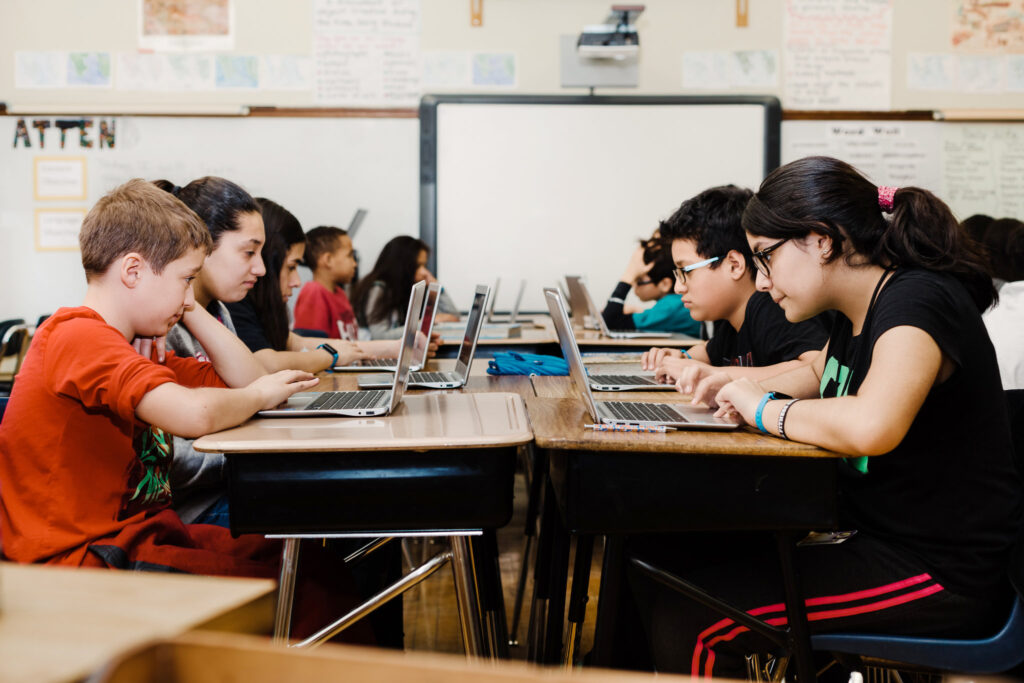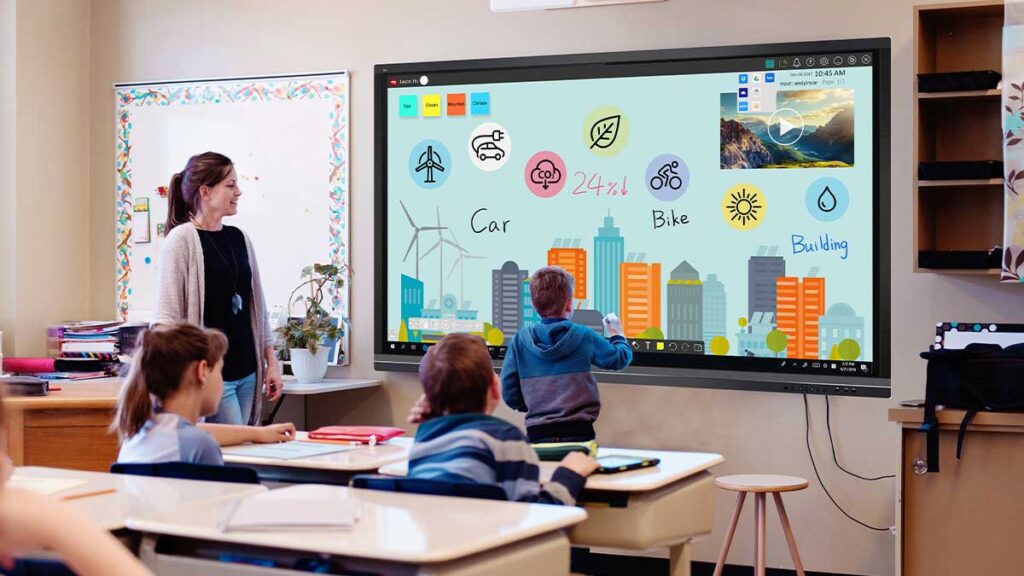In this day and age the textbooks of the past are more of a hindrance than a boon. From personal experience I can tell you that walking down the hallway with 3 textbooks and 4 notebooks in my backpack was not a pleasant daily experience. The limitation of physical media are too numerous to count, but they include things like manual searching for information within the books, physical storage space, and years of wear and tear. This isn’t to say that physical media and information shouldn’t be protected or preserved, but in the case of widespread usage in schools and universities it’s very important to find the route most comfortable for students and faculty. And the easiest way to convey information is through technology. My goal as a teacher is not only to educate students, but to make sure they stay engaged throughout the semester. As this class has shown me, the ability to take information from several kinds of digital resources can provide a stable form of engagement while also teaching one how to search for and validate online sources. With the way kids receive their entertainment now, in the forms of video games, YouTube, Tiktok, etc… it’s important to try and incorporate that type of thinking into learning.
“Social history ‘from the bottom up’ becomes more intense and more public when members of a community can more easily contribute to and discover work about their shared history.”

A huge pro to the usage of technology in classrooms is the social aspect of it. It’s much easier to share information and resources to other via email than it is to share physical books, which might have too few copies to be shared with everyone. Programs such as Google Docs allow students to communicate in real time with each other, even in separate classrooms, and also lets them communicate at home. This is useful for several scenarios, but the most important is that it allows everyone to have a voice. The act of organizing resources with online tools such as Zotera also lends itself to accessibility. Making notes of resources one has used in a physical collection requires more time, and marking or archiving what page or resource you used exactly can lead to a mess. With online resources you are able to create a library of your own, and easily share it with peers or teachers to present your citations.
“By making their work and words public, students learn to write for an audience of more than one. They also learn to learn from each other.”

Digital projects also allow for a wider range of content to be created. The usual suspects of power point slides or x page long essays are capable of presenting a students knowledge on a subject, but it creates a boring loop of monotony in learning. With websites such as Omeka or Storymap students can create their own websites or presentations in ways that engage both themselves and the audience in new and exciting ways. Learning needs to be fun. If students aren’t having fun, they aren’t engaged, and if they aren’t engaged they simply aren’t learning. Students might not be used to using these kinds of tools for learning, so it’s important to take them step by step and make sure that they are comfortable, and be available for any questions, or even let them know if other students are more familiar with the programs.
Alongside this projects uploaded to the internet are able to be seen by many other people outside of the classroom. These projects in turn can teach others or be expanded upon, or can even act as resources for future researchers down the road. Allowing students to learn to write not just for a teacher or a rubric, but instead how to write for an audience of learners creates more versatile writers. They get into the mindset of researching to teach, rather than just to learn. These students begin to develop skills crucial to everyday life. By using these new forms of media these students also begin to teach their peers.
Overall, my outlook on teaching has changed significantly during my time in this class. I honestly didn’t know what to expect before I started this semester. But what I do know now is that I have learned techniques that I will carry with me going forward. Techniques that will continue to grow and adapt to the technologies of the world, so as to create a thoroughly enjoyable learning environment for my students. This class is just the beginning of my journey to become someone who can lead others to a brighter tomorrow.
Citations:
Dorn, Sherman. “Is (Digital) History More than an Argument about the Past?” In Writing History in the Digital Age, edited by Jack Dougherty and Kristen Nawrotzki, 21. University of Michigan Press, 2013. https://doi.org/10.2307/j.ctv65sx57.7.
“How Google Took Over the Classroom – The New York Times.” Accessed April 30, 2023. https://www.nytimes.com/2017/05/13/technology/google-education-chromebooks-schools.html.
Ph.D, Liz Milewicz. “Duke University Libraries – Digitize This Book.” Duke University Libraries Blogs (blog), February 19, 2013. https://blogs.library.duke.edu/blog/2013/02/19/karma-meet-convenience/.
Spalding, Sarah M. “Game of Thrones and Gaming the History Classroom,” n.d.
“Teaching and Learning with Omeka: Discomfort, Play, and Creating Public, Online, Digital Collections | Learning Through Digital Media | MediaCommons Press.” Accessed April 30, 2023. https://mcpress.media-commons.org/artoflearning/teaching-and-learning-with-omeka/.